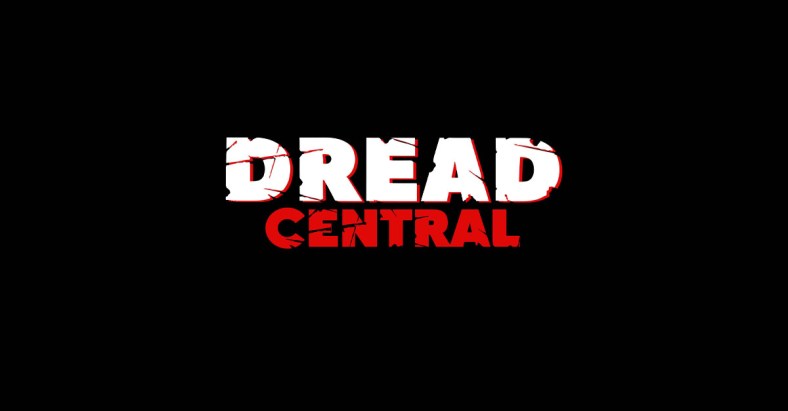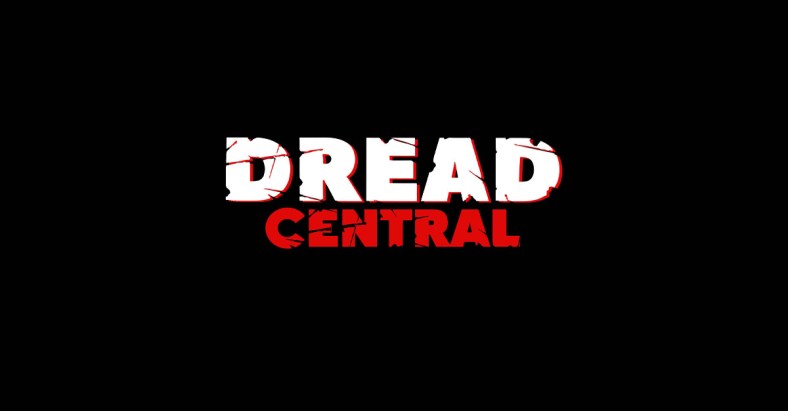1980’s THE CHANGELING Remains Elite Supernatural Horror

The Changeling (1980) is one of the scariest films I have ever seen. Full stop. It is atmospheric, suspenseful, and legitimately emotional. But somehow, it rarely comes up when the conversation turns to standout efforts in the supernatural and or haunted house sub-genres. For my money, it’s as good as or maybe even better than The Omen and a number of other supernatural horror films from its era.
Synopsis:
Composer John Russell (George C. Scott) is vacationing with his family when a car accident kills his wife and daughter. Distraught with grief, Russell leaves his home in New York City for a giant, secluded house near Seattle. Soon Russell starts to feel the presence of a ghost, a boy who drowned in the bathtub there. Russell seeks the assistance of Claire Norman (Trish Van Devere), who led him to the house initially, in uncovering the secrets of the boy’s death.
What makes it so effective? So many things contribute to the film’s excellence. But allow me to start at the very beginning. The picture hits the ground running. The opening sequence is nothing short of devastating. It’s not graphic or bloody but it hits like a punch to the gut. And that’s really only the beginning.

Seeing John (George C. Scott) watch, helplessly, in horror as his wife and daughter are killed by an oncoming truck is so much more than a hollow attempt to garner sympathy for the film’s lead. It serves a number of important purposes. Screenwriting team William Gray and Diana Maddox knew that starting off on such an unexpectedly low note was likely to catch the viewer off guard and make them unsure as to what might happen next. The accident leaves John broken and in search of meaning. Moreover, it instills a sense of dread in the viewer in regard to what horrors lay ahead. I regard it as one of the most hauntingly effective opening sequences in the horror genre.
After the devastation he experiences in the first three minutes of the picture, John lacks the purpose that being a family man gave him and is more susceptible to his curiosities regarding the horrors of the house he moves in to after relocating to the northwest. As a newly single man, he finds meaning in solving the sinister mysteries inherent to his new domicile. The tragedy he has experienced easily eliminates the need to ask the question: “Why doesn’t he just leave?” John doesn’t leave because he has nothing else. His descent into near madness makes perfect sense for the reason that he is a broken man. And unraveling the mystery that falls into his lap gives him a renewed sense of purpose. George C. Scott plays John as publicly stoic but privately broken and struggling to hang on.
As someone who once lost a spouse unexpectedly, I relate to the devastation he feels and the sense of emptiness that leads him to search for something, anything to fill the infinite void inside. Grief manifests in many ways and John’s obsession is so much more believable when we know what’s driving it.
Immediately after the initial tragedy, the film wastes little time establishing atmosphere; introducing a series of occurrences that suggest the house John is living in may be uninhabitable. Each event more ominous than the last. But our tenacious hero refuses to give up. And with each passing scene, the tension ratchets to the point where even the otherwise soothing sound of John playing the piano provokes feelings of unease.

As tensions escalate and circumstances become increasingly dire, director Peter Medak proves why he is a “Master of Horror” (Medak directed the “Washingtonians” episode of the television series Masters of Horror). Almost anyone can build tension but Medak demonstrates the ability to not just establish but sustain suspense for the film’s entirety. Each act is more terrifying than that which came before it.
The first time I saw this film (many years ago), I didn’t think the tautness of the séance in act two could be matched by anything in the balance of the flick. But I was mistaken. By the time the third act rolled around, my nerves were so shredded that I could barely keep my eyes on the screen.
Seeing the house come to life by way of phantom mobility devices, swinging chandeliers, and spontaneously combusting bannisters is unspeakably terrifying. Prior to watching The Changeling, I had never found wheelchairs to be particularly menacing but thanks to skillful camerawork and masterful editing, the chase sequence with the empty, self-propelling antique wheelchair is forever etched into my brain.
The Changeling is a film that never lets up, never lets the viewer catch their breath, and somehow still never seems to get the credit it so richly deserves.

So, if it’s such a well-made film with such masterful direction and smart screenwriting choices, why doesn’t it get more love? My best guess would be that since the picture was released in somewhat close proximity to Don’t Look Now, The Omen, The Sentinel, The Amityville Horror, Audrey Rose, and a number of other supernatural horror films that The Changeling may have gotten lost in the shuffle. As such, it seems to have never quite caught on like some of its contemporaries. As for why it’s still something of an unsung classic forty years later, I don’t know. Your guess is as good as mine. If you’ve somehow overlooked this masterclass in terror, do yourself a favor and pick up a copy. If you really want to experience all that The Changelinghas to offer, Severin released a special edition Blu-ray in 2018 that features a beautiful transfer of the film and is jam-packed with lovingly-curated bonus content.

Categorized:Editorials News

